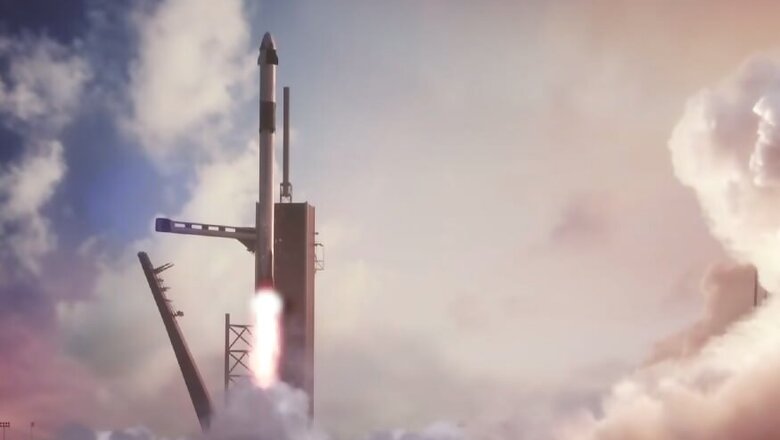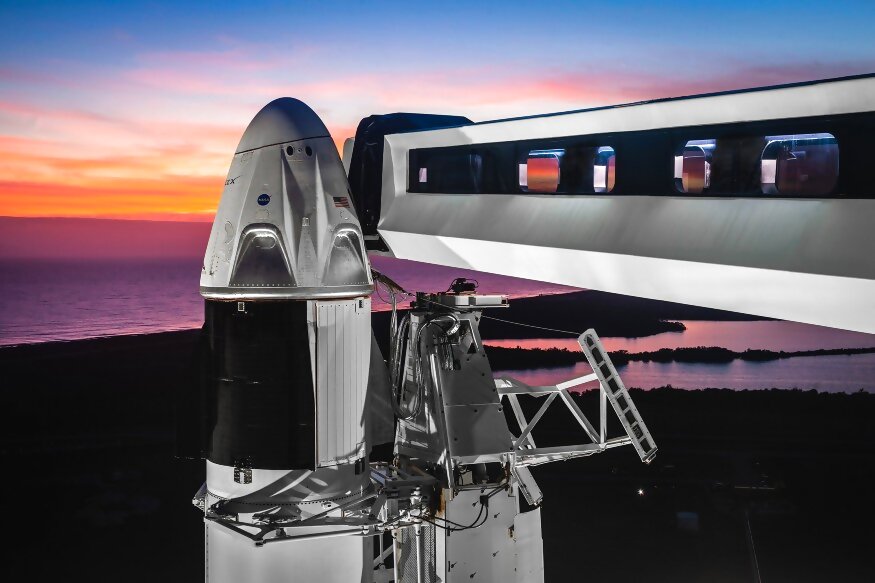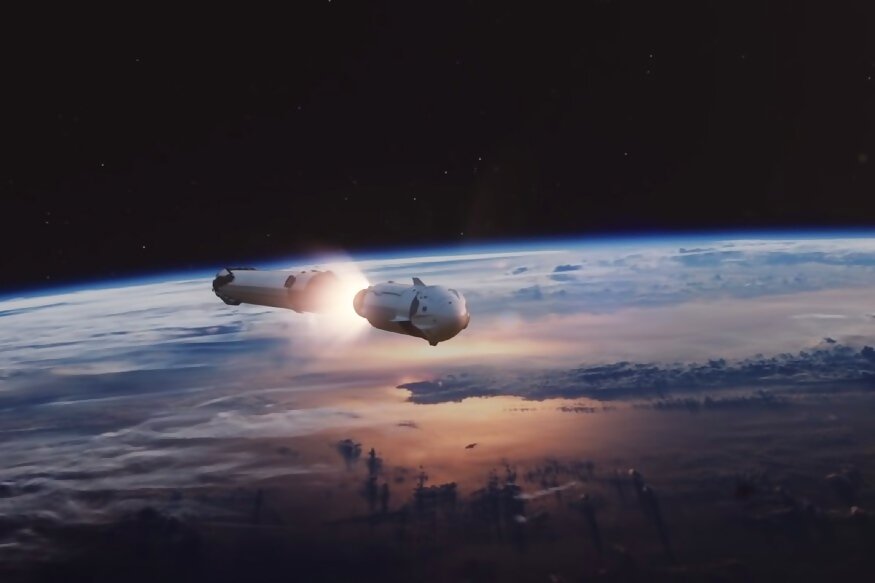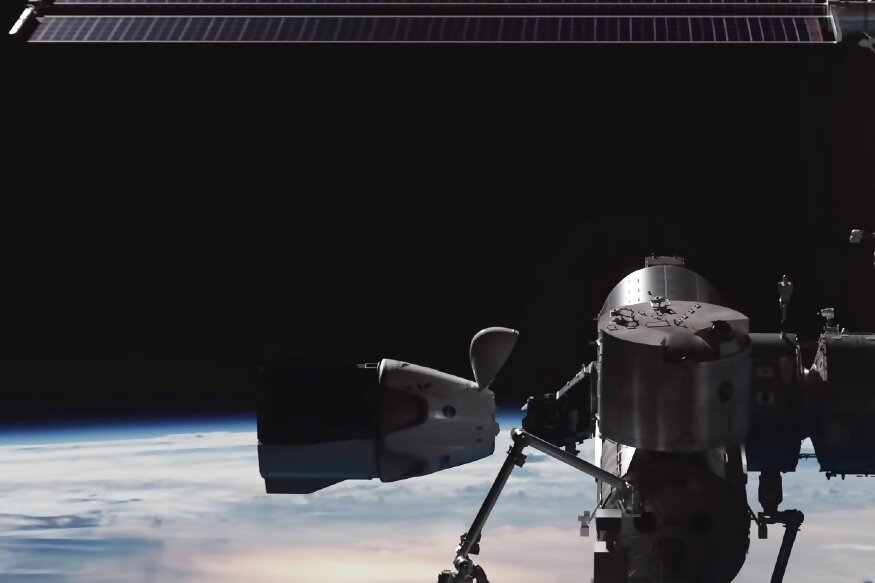
views
This week is set to be a historic one for SpaceX and the entire saga of privatisation of space. On May 27, SpaceX's first manned space flight is set to take off for the International Space Station at 4:33PM EDT (2:03AM IST on May 28), from Pad 39a of NASA's Kennedy Space Center. After an exhaustive set of tests undertaken recently by SpaceX, the Elon Musk-backed company will launch its first manned spacecraft, the Crew Dragon, in a mission that has been named Demo-2.
The mission will carry NASA astronauts Bob Behnken and Doug Hurley to the ISS as the first trial mission. If everything goes well, SpaceX's Crew Dragon and the Falcon 9 rocket will receive validation and get cleared for future crew missions, the first of which will commence from later this year. With this in mind, May 27 is set to be a big day — not just for SpaceX and Musk, but also for the history of private space flights. With a rehearsed schedule, here's how the launch day is expected to pan out.

Pre-launch operations
- Five hours ahead of launch, astronauts Behnken and Hurley are set to arrive at the NASA crew quarters about 14km from the launch site in a shiny Tesla Model X. At around the same time, the US Air Force's Weather Squadron will explore the weather conditions in hope of a good weather launch.
- If the conditions are not favourable, the launch will be aborted, and the next slot is reserved for May 30. Post a heavy breakfast, the astronauts will suit up and arrive at the historic launch pad 39a at the NASA Kennedy Space Center three hours ahead of launch.
- With 2 hours and 15 minutes left on the timer, Behnken and Hurley will enter the Crew Dragon spacecraft through a new elevated access arm, taking them to the small human module atop the tall SpaceX Falcon 9 rocket.
- After 25 minutes of setting everything in order, the transit hatch of the Crew Dragon spacecraft will be locked. The next time it will open is once the craft reaches the ISS docking station.

Lift-off and separation
- After lift-off at 4:33PM EDT from the Kennedy Space Center, it will take 2 minutes and 30 seconds for the Falcon 9's first stage booster to separate from the rocket's second stage. Post separation, the first stage booster will prepare to land back on Earth — a crucial step for SpaceX's promise of reusable rockets in making space travel more affordable.
- The return phase of the booster will involve a flip manoeuvre, following which it will fire its engines for a back and re-entry burn. The trajectory it will follow will bring it down to an autonomous drone ship called 'Of course I still love you' — famous in its own right for being witness to almost all of SpaceX's successful and failed flight trials.
- Meanwhile, up in space, the second stage will fire its engines post separation and continue to do so for about six minutes, following which it too will separate from the Crew Dragon, therefore leaving it alone in space for the first time. The Crew Dragon's spaceflight energy will be drawn from solar panels which are integrated directly into the rocket's body.

ISS approach and docking
- Following this, Crew Dragon will continue a number of manoeuvres on its own to raise its elevation up to 400km from Earth, and enter the ISS 'Keep-out sphere' — a periphery around the ISS.
- At this altitude, it will then begin its approach towards Pressurised Mating Adapter-2, or PMA-2 on the ISS' Harmony module, which is designated as the Crew Dragon's docking station. The entire docking procedure is fully autonomous, and will be manoeuvred slowly for obvious reasons.
- The entire elevation, approach and docking procedure will take the longest duration, and is scheduled to take place at 11:29AM EDT on May 28 (8:59PM IST), which is precisely 18 hours and 56 minutes after lift-off.
- Once the docking procedure is complete, Crew Dragon's hatch will be opened at 1:55PM EDT (11:25PM IST), 2 hours and 26 minutes after docking. Behnken and Hurley will join NASA astronaut Chris Cassidy and Russian cosmonauts Ivan Vagner and Anatoly Ivanishin, who are already at the ISS as part of Expedition 63.
Schedule courtesy: Space.com



















Comments
0 comment